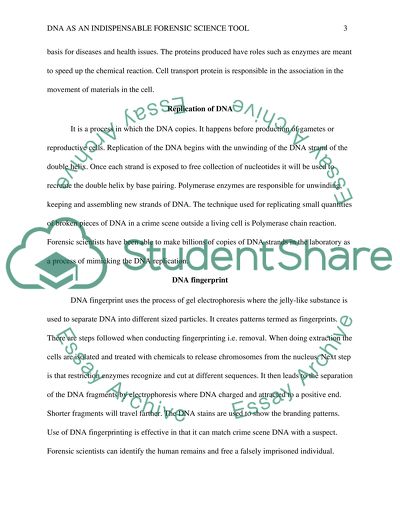Cite this document
(DNA as an Indispensable Forensic Science Tool Assignment, n.d.)
DNA as an Indispensable Forensic Science Tool Assignment. Retrieved from https://studentshare.org/law/1666639-dna-the-indispensable-forensic-science-tool
DNA as an Indispensable Forensic Science Tool Assignment. Retrieved from https://studentshare.org/law/1666639-dna-the-indispensable-forensic-science-tool
(DNA As an Indispensable Forensic Science Tool Assignment)
DNA As an Indispensable Forensic Science Tool Assignment. https://studentshare.org/law/1666639-dna-the-indispensable-forensic-science-tool.
DNA As an Indispensable Forensic Science Tool Assignment. https://studentshare.org/law/1666639-dna-the-indispensable-forensic-science-tool.
“DNA As an Indispensable Forensic Science Tool Assignment”, n.d. https://studentshare.org/law/1666639-dna-the-indispensable-forensic-science-tool.


